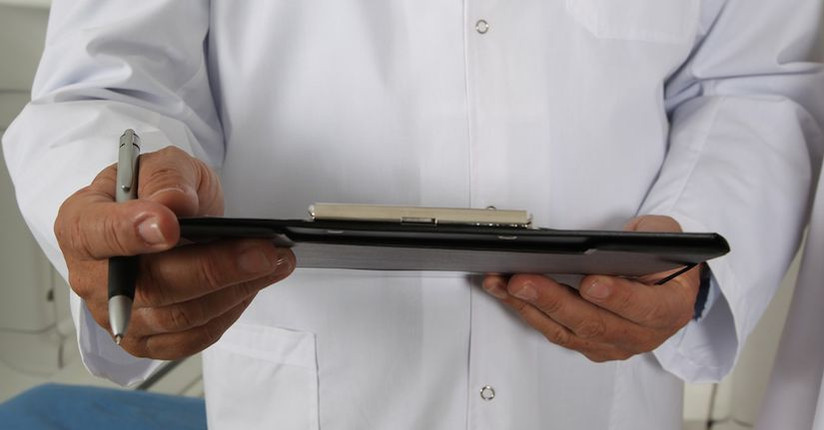Seeing a Doctor for Migraine: Treatments to Discuss in Your First Appointment
You're seeing a doctor for migraine treatment, so what should you discuss? You and your doctor should be working toward two goals: reducing migraine attack frequency and treating those that happen anyway.
Reduce Migraine Frequency
Reducing migraine attack frequency can be done through preventive medication, supplements or trigger reduction (often called lifestyle changes). Which you choose depends on your own preferences and what you respond to.
Many patients prefer non-drug options, so they start their treatment by trying to reduce the number of migraine triggers they are exposed to. These can include diet changes, eating meals at exact times, exercising regularly, keeping a regular sleep schedule (even on the weekends), and moderating caffeine intake. Those are the most common changes people try first and, for some, they can reduce migraine frequency drastically. Other ways to modify triggers include removing scented products from your home, wearing ear plugs in loud places, and wearing TheraSpecs when you’re under artificial lighting or looking at a computer or device screen.
Supplements like magnesium, coenzyme Q10, riboflavin and butterbur are also commonly recommended, sometimes in a specialty supplement that combines multiple compounds.
If you want to go the medication route, there are literally dozens and dozens of possibilities. Amitriptyline (Elavil) and topirimate (Topamax) are often the first drug a doctor recommends and they work wonders for many patients.
Reduce Migraine Intensity
Acute migraine treatment manages the symptoms of the migraine attacks you can’t avoid. Prescription medications are usually recommended and, depending on the person and the drug, can stop the migraine in its tracks and even reverse its progress. Drugs called triptans are most commonly prescribed for migraine attacks; some patients call their efficacy miraculous. If triptans don’t work for you or you have another medical condition that prevents you from using them, the most common abortives your doctor may recommend include Migranal, DHE-45, Midrin and Fioricet
If you are unable to abort migraine attacks, you can still manage the symptoms. Nausea can be treated with drugs called antiemetics (which sometimes also relieve pain), ginger and/or motion sickness wristbands. Symptoms like sensitivity to light and sound can be managed with TheraSpecs, ear plugs and resting in a dark room. Some patients find relief from ice packs, others from very hot showers.
Avoiding a migraine attack is the very best treatment, so that’s what you and your doctor should aim for. Even then, you’ll most likely still have some migraines, especially in the time it takes to sort out your triggers and effective preventive treatments. Having a good medication to treat attacks and ways to minimize symptoms will help keep the agony to a minimum.
TheraSpecs Glasses for Your Health
Try our therapeutic glasses and get relief for issues triggered by light, such as migraines, headaches, photophobia, concussion symptoms, seizures, eye health, and sleep.





